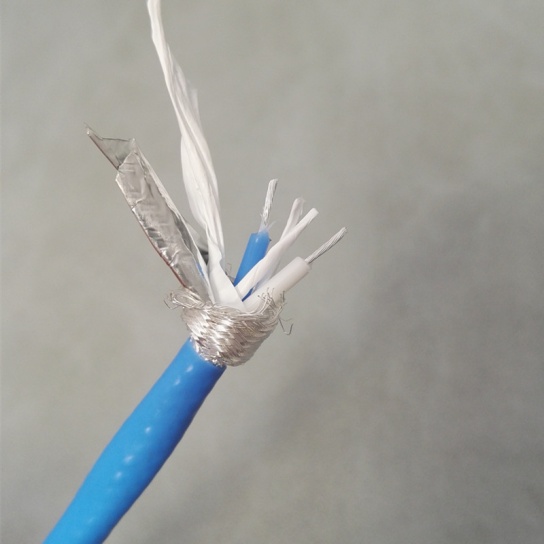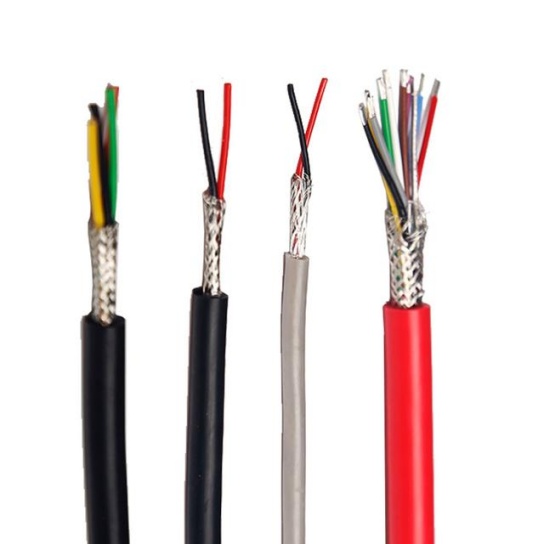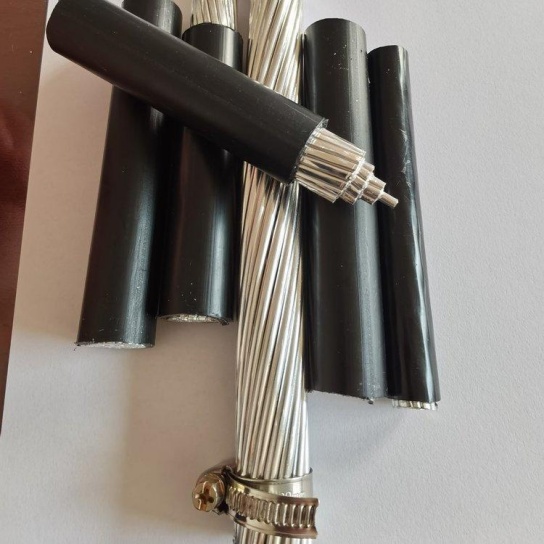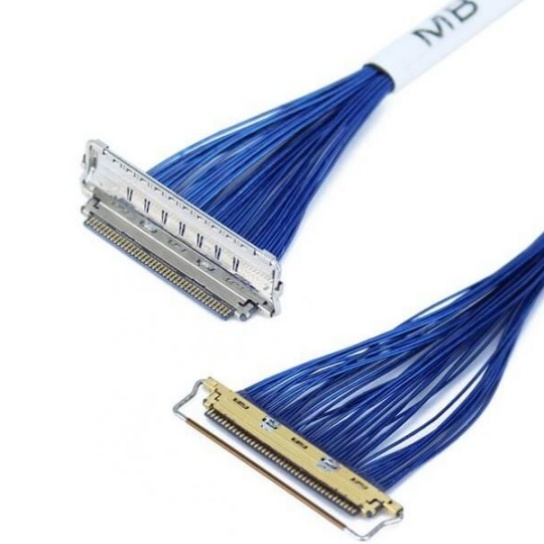Waterproof Aircraft Cable Assemblies for Wet Environments
In the aviation industry, wet environments—from heavy rainfall and high humidity to condensation, seawater (for seaplanes), and chemical exposure (such as deicing fluids)—pose severe risks to standard aircraft cable assemblies. Moisture intrusion can lead to short circuits, corrosion of conductors, and degradation of insulation, ultimately compromising flight safety and causing costly system failures. Waterproof aircraft cable assemblies are therefore critical components, designed to maintain reliable electrical connectivity even in the harshest damp conditions. Below is a detailed breakdown of their key technologies, performance requirements, applications, and practical guidance for selection and maintenance.
1. Core Waterproofing Technologies
The effectiveness of waterproof aircraft cable assemblies depends on three interconnected design elements, each targeting moisture intrusion paths:
1.1 Sealing Materials
High-performance elastomers are the foundation of waterproofing. Silicone rubber is widely used for its excellent flexibility, temperature resistance (-60°C to 200°C), and compatibility with most aviation fluids; it seals gaps between conductors and jackets without hardening over time. For harsher environments (e.g., seawater or deicing fluid exposure), fluorocarbon rubber (FKM) is preferred—it resists chemical corrosion and maintains integrity at temperatures up to 260°C. The cable jacket itself is often made of cross-linked polyethylene (XLPE) or ethylene propylene diene monomer (EPDM), materials that prevent moisture penetration while withstanding mechanical abrasion.
1.2 Connector Sealing Design
Connectors are the most vulnerable point for moisture entry. Waterproof assemblies use crimp-sealed connectors paired with O-rings (made of silicone or FKM) to create a tight barrier. For extreme conditions, potting technology is applied: liquid epoxy or polyurethane is injected into connector housings, hardening to form a rigid, impermeable seal around terminals. This design not only blocks moisture but also enhances resistance to vibration—critical for aircraft operation.
1.3 Shielding Layer Waterproofing
Electromagnetic compatibility (EMC) is essential for aviation electronics, but metal shielding layers (e.g., tinned copper tape or braid) can create moisture pathways if not sealed. Waterproof assemblies use overlapped and bonded shielding—the edges of the shielding layer are sealed with adhesive or heat-shrinkable tubing, preventing water from seeping through gaps while preserving EMC performance.
2. Key Performance Indicators for Wet Environments
To ensure reliability in damp conditions, waterproof aircraft cable assemblies must meet strict industry standards and performance metrics:
- IP Rating: The Ingress Protection (IP) code is non-negotiable. Aviation applications require a minimum of IP67 (completely dust-tight and protected against 30 minutes of immersion in 1m of water). For seaplanes or ground equipment exposed to prolonged moisture, IP68 (continuous immersion in water beyond 1m) is recommended.
- Temperature Range: Assemblies must operate across -55°C to 260°C, covering the extreme cold of high altitudes and heat from engine compartments.
- Chemical Resistance: They must withstand exposure to aviation fluids, including deicing solutions (ethylene glycol), jet fuel, and lubricants, without seal degradation.
- Vibration and Shock Resistance: Per SAE AS22759 (a key aviation standard), assemblies must endure 10–2000Hz vibrations and 500G shocks without losing waterproofing—vital for preventing seal cracks during flight.
3. Typical Applications in Wet Environments
Waterproof aircraft cable assemblies are indispensable in scenarios where moisture is unavoidable:
- Helicopter External Sensors: Components like weather radars, navigation antennas, and landing gear sensors are exposed to rain, fog, and high humidity. Waterproof assemblies ensure consistent data transmission for flight control.
- Seaplanes and Amphibious Aircraft: Fuselage-bottom cables (e.g., for hull integrity sensors or float controls) come into direct contact with seawater or freshwater. Corrosion-resistant, IP68-rated assemblies prevent saltwater-induced failures.
- Aviation Electronic Cabins: Condensation forms in sealed cabins due to temperature fluctuations. Waterproof assemblies protect avionics (e.g., flight management systems) from moisture damage.
- Ground Support Equipment (GSE): Cables for boarding bridges, fueling systems, and deicing machines operate outdoors in rain or snow. Waterproof designs extend GSE service life and reduce downtime.
4. Practical Selection and Maintenance Tips
Selection Guidelines
- Assess the Environment First: Identify moisture type (rain, seawater, chemicals) and temperature range to choose the right sealing material (silicone for general use, FKM for chemicals) and IP rating.
- Verify Compliance with Standards: Ensure assemblies meet SAE AS22759 (for aerospace cables) or ISO 19642 (for waterproof connectors)—ask manufacturers for test certificates (e.g., 浸水测试 [immersion test] or salt spray test reports).
- Prioritize Customization: Aerospace applications often have unique routing or space constraints; select manufacturers that offer tailored lengths, connector types, and shielding options.
Maintenance Best Practices
- Regular Visual Inspections: Check for cracked jackets, loose connectors, or O-ring damage—repair or replace immediately if issues are found.
- Avoid Over-Bending: Excessive bending can break seal bonds; follow the manufacturer’s minimum bend radius (typically 5–10x the cable diameter).
- Use Neutral Cleaners: When cleaning cables, avoid harsh solvents (e.g., acetone); use mild soap and water to protect sealing materials.
Choose Reliable Waterproof Solutions with FRS
For aviation professionals seeking durable, high-performance waterproof aircraft cable assemblies, FRS stands as a trusted manufacturing partner. With years of expertise in aerospace connectivity, FRS produces assemblies that adhere to SAE, ISO, and FAA standards—using premium silicone/FKM seals, IP67/IP68-rated connectors, and rigorously tested shielding. Our in-house quality control includes 48-hour immersion tests, salt spray exposure, and vibration simulations, ensuring every product meets aviation safety demands. Whether you need custom solutions for helicopters, seaplanes, or GSE, FRS delivers on-time, cost-effective, and reliable waterproof cable assemblies. Partner with FRS to keep your systems connected—even in the wettest environments.






